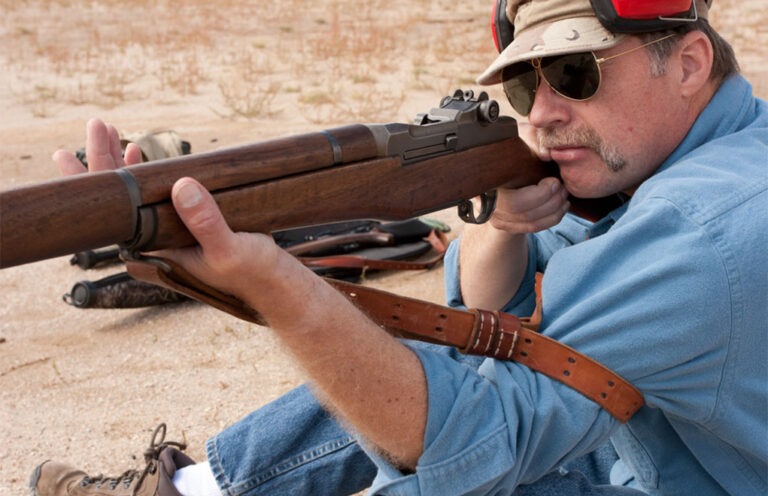
A rifle sling is just about the most important accessory you can have, so here we look at some of the best available options for carbines and hunting rifles.
If you could only get one accessory for a long gun, a sling would arguably have to be it. That said, there are a TON of different rifle slings on the market, and it can be intimidating trying to choose which one will suit your needs best.
So, let’s talk about what kinds of rifle slings are best for different tasks and use cases, the features that matter most, how to use them and finally what the best slings on the market are.
Does Your Rifle Need A Sling?
A sling to a rifle is like a holster for a handgun. When you need your hands free to do something besides shooting, a sling allows you to keep it on your person.
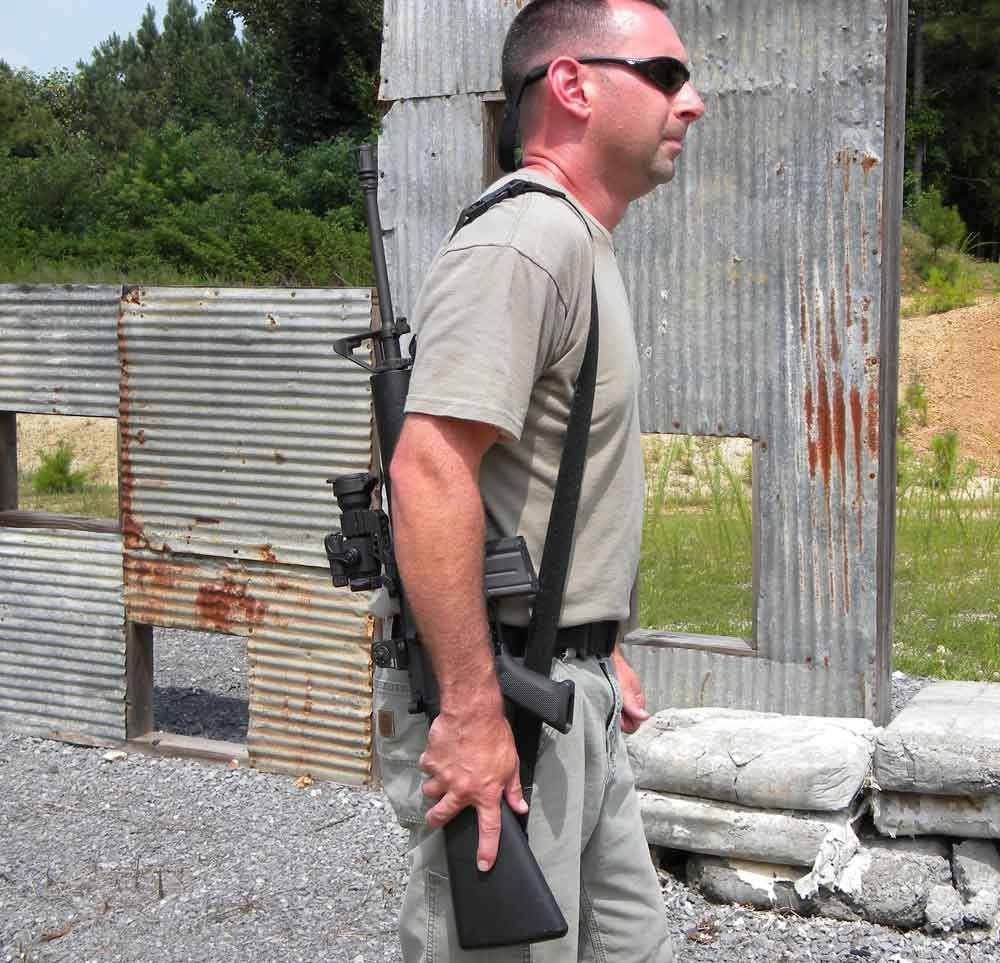
But beyond the obvious use as a means to carry a rifle, slings are also useful as shooting aids. The additional point of contact under tension can stabilize the gun to a greater degree than with the arms alone and can help mitigate recoil, especially with semi-autos.
That makes a rifle sling one of the best accessories you can have—vital to hunters, sport shooters and military and law enforcement professionals. Frankly, just about any rifle you own for reasons besides casual plinking deserves to have a sling on it.
What Types Of Rifle Slings Are There? What Kind Do I Need?
At the most basic level, there are three types of rifle slings:
- Single-Point
- Two-Point
- Three-Point
Like their names suggest, single-point and two-point slings attach to a rifle at one and two places, respectively.
Single-Point Sling
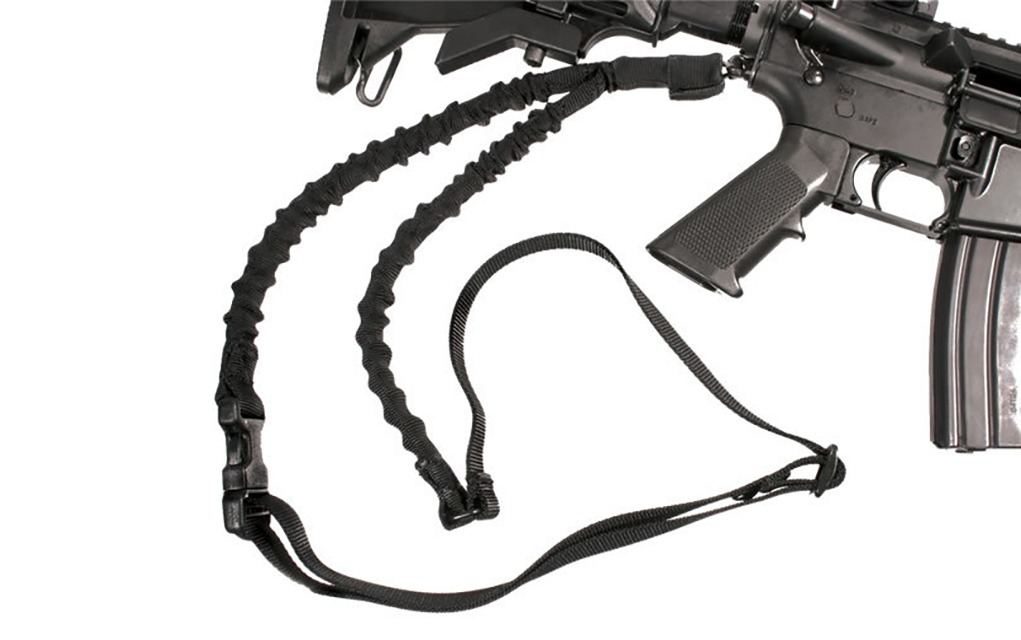

Single-point slings theoretically still have a place, and you may still see the occasional operator armed with an SMG using one, but for the most part they really just suck. Sure, plenty get sold as tactical gimmicks, but those who buy one have usually never tried running with it. The primary job of a sling is to retain the rifle on your person and free up your hands to focus on moving or completing other tasks. Weapons attached to single-point slings simply flop around too much for this to be possible which makes them useless outside of some very specific niches. Don’t believe me? Try using one at a 2- or 3-Gun match and see how long it takes before the rifle slams into your nethers.
Two-Point Sling


Two-point rifle slings are the standard for a reason, and that’s because they’re the most practical, useful and versatile of the three designs for 99 percent of all applications. Whether you’re looking to put a simple strap on a hunting rifle or a tactical quick-adjust sling on a modern carbine, a two-point sling is what you need.
Three-Point Sling
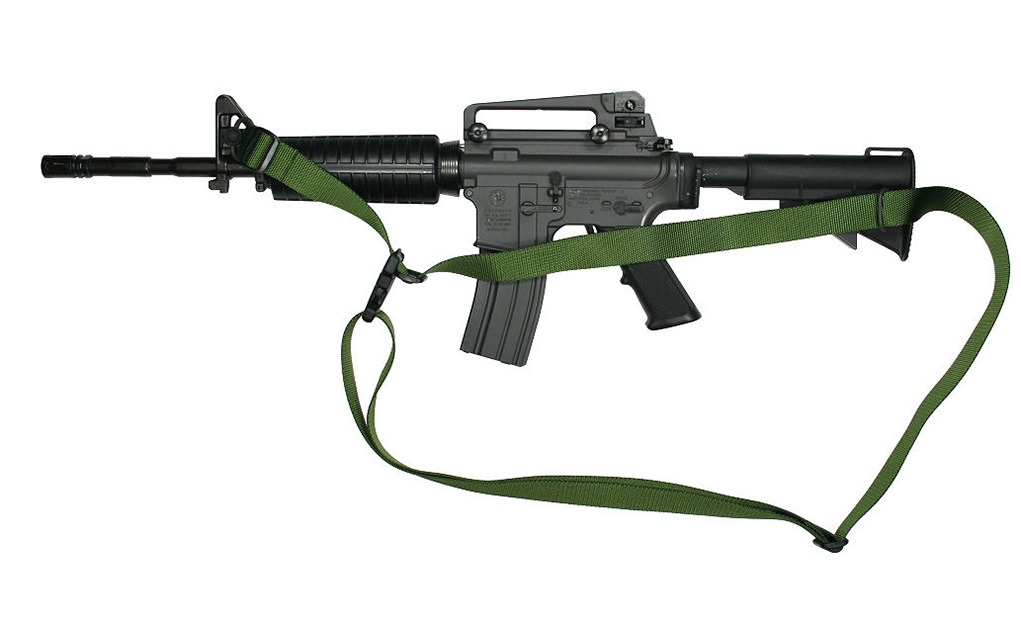

Three-point slings also attach to a rifle at two points, but they meet at a third point and create an additional loop meant to be worn around the shooter. Three-point slings are similar in their nuance to single-points, except arguably even less practical due to the additional complexity. If getting tied up is your thing, that’s fine, but keep it in the bedroom and off the range.
Sling Styles
Speaking of different styles of slings, that’s another factor to consider. Two-point slings could arguably be grouped into three general styles today. There are modern carbine slings, traditional- or hunting-style slings and match slings. Match slings are only for specific rifle events, so we’ll just set those aside and focus on the two that will be the most useful to most shooters.
The main difference between modern carbine slings and traditional/hunting slings is their ability to have their length adjusted on the fly. This is why the former are often called quick-adjust slings. Being able to add or remove slack on the fly can be an incredibly handy feature in certain environments, but it could also be basically useless in others. It depends more on how you plan on using the rifle than the specific type of gun in question.
For example, a traditional sling could be perfectly at home on a modern carbine if one only plans on using it for stability at the range. If you don’t need to carry it or shoot in a dynamic environment, quick adjustability is less important. On the other hand, a modern quick-adjust sling could be an excellent addition to a hunting rifle in certain situations. The ability to comfortably carry the rifle over your shoulder and quickly transition to a stabilized shooting position can be the difference between hitting or missing your mark.
Ultimately it will be up to you to decide whether the features of a quick-adjust sling justify the higher cost or if your rifle will be better suited by something more basic and traditional.
Traditional- and hunting-style slings have fewer features, but one worth discussing is the construction material. The two most common are nylon webbing and leather. Quality nylon is several times stronger than leather and cheaper to boot, so there’s no upside to leather besides the aesthetics. However, some leather slings are still fantastic (we put two on our list) so don’t write them off entirely.
There’s also a sub-genre among traditional hunting slings known as loop slings. These feature an open loop (such as a Rhodesian sling) or closed loop in the sling itself for use as a shooting aid. I’ve found loop slings to work incredibly well, though they slow down presentation.
Sling Attachment
One final aspect of rifle slings worth touching on is their attachment methods. There are old-school sling swivels where the sling is simply fed through and secured, but as you can imagine these have generally fallen out of style. That said, they’re still totally viable and may still be the easiest method of sling attachment for certain rifles, especially bolt-actions.
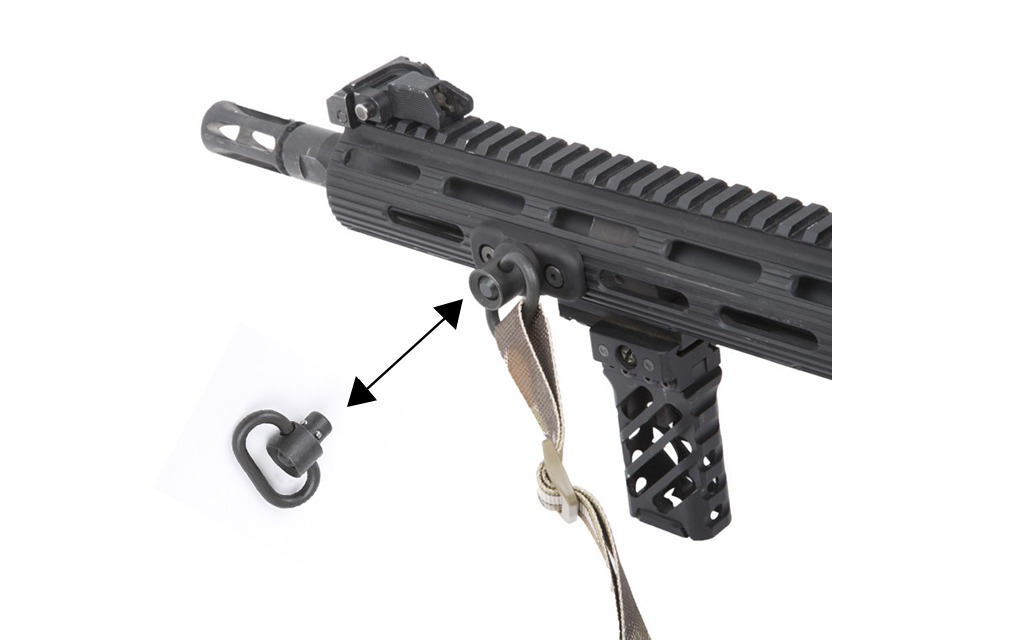

The more popular method these days is some form of quick-detach swivel, two common styles being QD swivels and HK hooks. QD swivels use ball detents to lock into QD cup sockets on the rifle, usually on the buttstock and forend, with a push-button that retracts the detents. Push and insert, release to lock, push to release. Of course, your gun’s furniture will need the corresponding cup socket to use this style. HK hooks are more like carabiner clips that hook onto an attachment point on the rifle. Both styles work and which you choose to go with ultimately comes down to personal preference.
Why Are These The Best Rifle Slings?
There’s no “best,” but there’s a best for you.
Each of the slings we chose is from a trusted manufacturer, built using quality materials and can be counted on to perform well in the role they were designed for.
We looked at features, materials, price points, pedigree (if the brand in question has an established reputation) and performance, then compared them to competitive products. At the end of the day, these are the 10 we think will serve most shooters best. There are others out there that certainly work well too, so let us know in the comments if you have a favorite that you think deserves a mention as well.
The 10 Best Rifle Slings
Tactical/Quick-Adjust Slings:
Magpul MS1
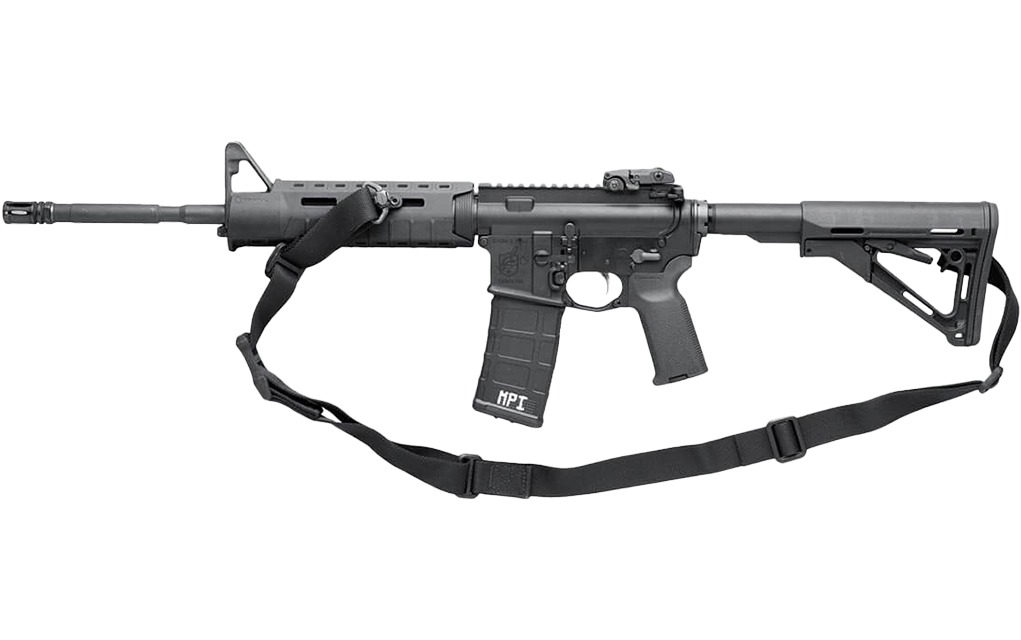

Specs
Width: 1.25 Inches
Max Length: 60 Inches
Strap Material: Nylon webbing
Adjustment: MS1 slider
MSRP: $39.95
Website: magpul.com
Pros
- Affordable
- MS1 slider eliminates snag hazards when adjusting (no tails hanging out)
Cons
- Thin, unpadded strap won’t be the most comfortable to carry for extended periods
- Attachment hardware must be purchased separately
The Magpul MS1 is an adjustable two-point sling. While maybe not the “best” of the type, they’re affordable and available in most gun stores nationwide. If all you need is a basic but well-made adjustable two-point, you can’t go wrong with the Magpul.
It features a simple 1.25-inch strap, but Magpul offers another wider model with padding for extra comfort (and a $30 higher MSRP as well). The MS1 has a quick-adjust slider and comes in black, stealth gray, coyote tan or ranger green.
Viking Tactics VTAC Sling
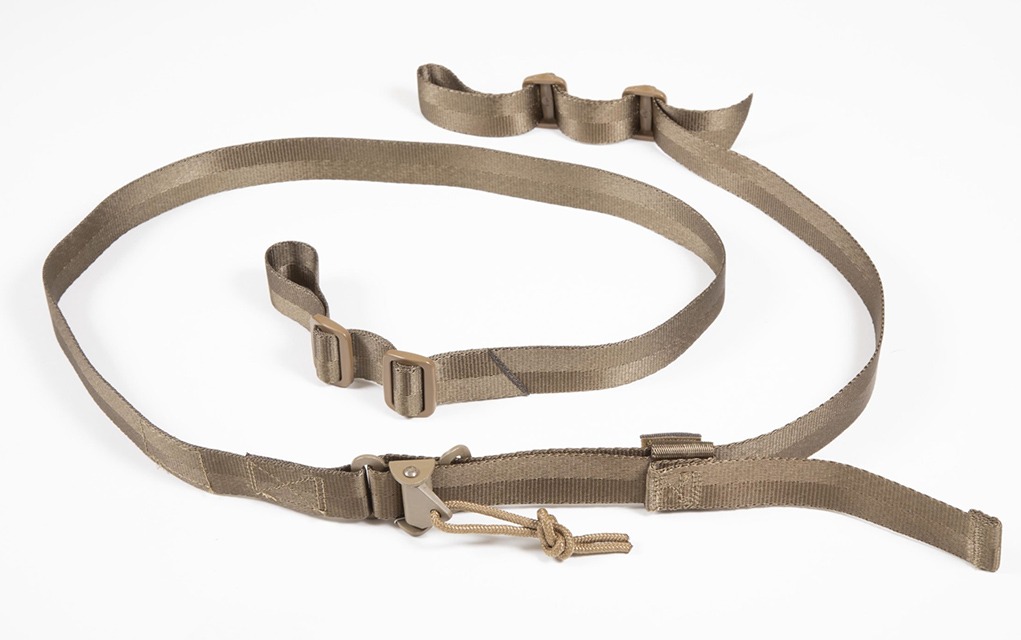

Specs
Width: Not listed
Max Length: 60+ Inches
Strap Material: Nylon webbing
Adjustment: Cam w/ pull cord
MSRP: $44.95
Website: vikingtactics.com
Pros
- Adjustment cord is easy to grab and use
- Reputation speaks for itself
Cons
- Thin, unpadded strap won’t be the most comfortable to carry for extended periods
- Attachment hardware must be purchased separately
The VTAC is made with mil-spec nylon web and stitching for durability, with a cam-operated quick adjust operated by a simple pull cord. It has polymer hardware, including the cam adjuster and triglides.
Given its popularity and reputation, it’s a standard by which others are judged.
Sly Tactical Two Point Sling
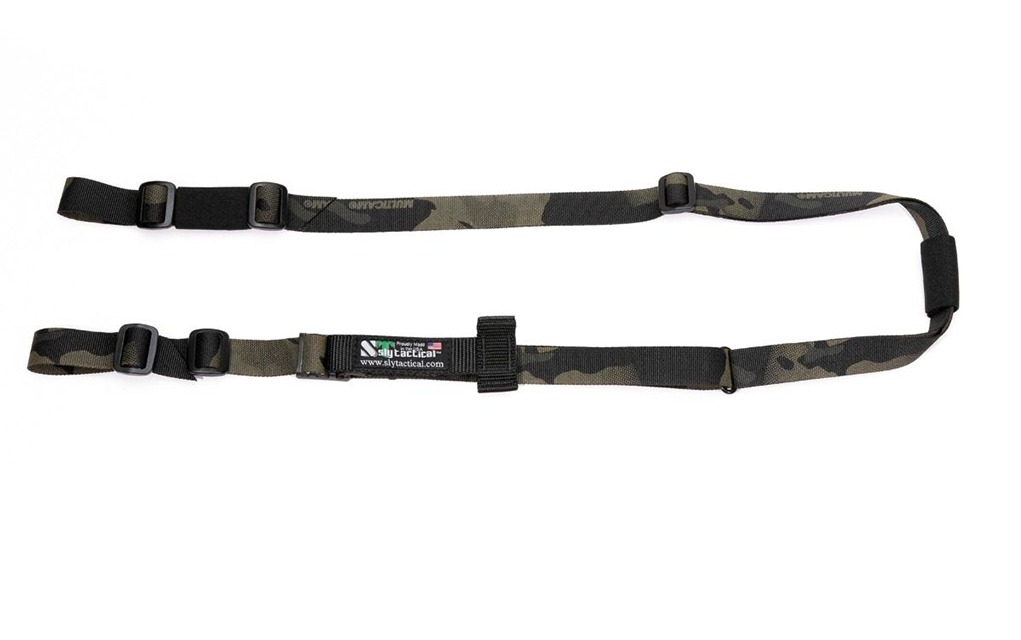

Specs
Width: 1 Inch
Length: Made to order
Strap Material: Nylon webbing
Adjustment: Triglides/Friction buckle W/ T-handle pull strap
MSRP: $67.95
Website: slytactical.com
Pros
- Made to order per your body and intended weapon, should be a perfect fit
- Large T-handle pull strap
Cons
- Due to treatment, the nylon requires a break-in period to become pliable
- Attachment hardware not included by default, can be ordered with for an additional fee
Sly Tactical’s adjustable slings, including conventional two-points and convertibles, use a nylon T-handle for fast adjustment and convenient location when in use.
Sly Tactical uses mil-spec components from the 1-inch nylon web to the triglide buckles to the stitching. Several choices of color/pattern are available, and the sling can be ordered unpadded or with padding for a few dollars more.
Blue Force Gear Vickers 221 Sling
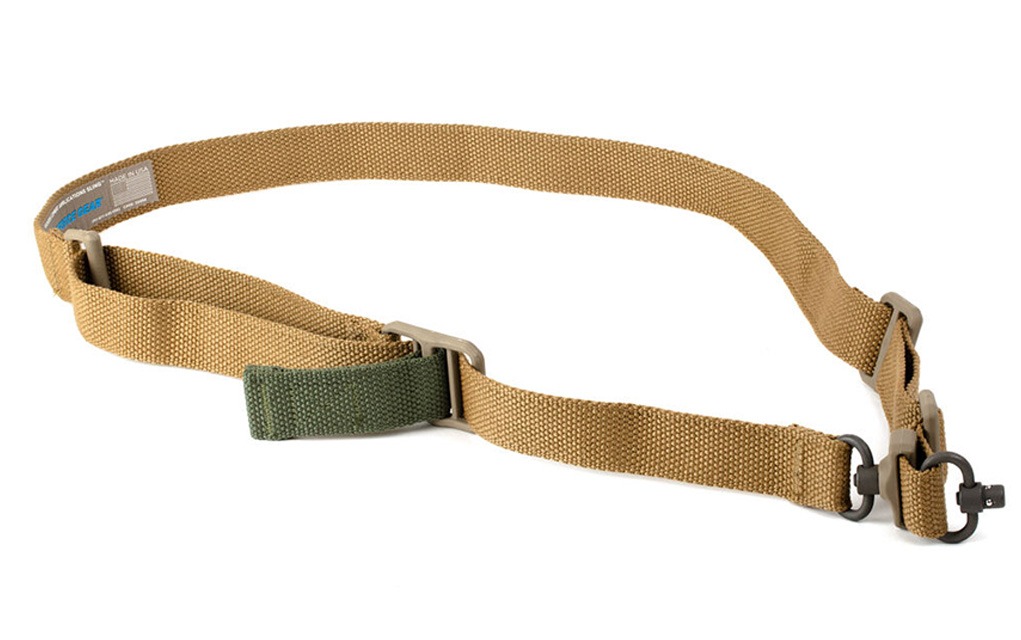

Specs
Width: 1.25 Inches (unpadded) ; 2 Inches (padded)
Max Length: 64 Inches (unpadded) ; 67 Inches (padded)
Strap Material: Cordura webbing
Adjustment: Triglides/Friction lock w/ pull strap
MSRP: $103.95 (base)
Website: blueforcegear.com
Pros
- Can be easily converted to single-point sling
- Includes attachment hardware
- Large, easy to use adjustment pull strap
Cons
- Standard QD swivels cost about $20 extra if you don’t want the company’s RED swivel
The 221 is a convertible two-point, with your choice of a Blue Force RED Swivels (QD compatible) or standard QD swivels for an extra charge. Optional padding is available for about $30 as well. The adjustment buckle has a pull strap that’s easily grabbed for adjusting sling tension. Its extra feature is that it can be easily converted into a single-point sling, something that could be useful for certain tasks or environments.
The Vickers sling series has been a mainstay among professionals for some time, so this is the duty-grade option among convertibles.
Gat Monkey Slings


Specs
Width: 1 Inch
Length: Not listed
Strap Material: Polyester webbing
Adjustment: Triglides/Cam w/ paracord pull tab
MSRP: $39.99
Website: gatmonkey.com
Pros
- Polyester is more flexible than nylon
- Good paracord pull tab
- Widest variety of cool, unique patterns
Cons
- Attachment hardware not included by default, can be ordered with for an additional fee
Gat Monkey makes simple but effective two-point adjustable rifle slings that don’t break the bank and add some flair, as they’re offered in over a dozen prints including M81 Woodland and a bunch of other interesting patterns.
It features a 1-inch nylon web with a simple cam-operated steel slider to adjust the length on the fly and a paracord pull cord. Pull forward to open and adjust, pull back to close. They’re made in the USA with a lifetime warranty and have an MSRP of $39.99. You can add QD swivels for $20 more.
Traditional/Hunting Slings:
Magpul RLS


Specs
Width: 1.25 Inches
Max Length: 54 Inches
Strap Material: Nylon webbing
Adjustment: Triglide
MSRP: $24.99
Website: magpul.com
Pros
- Very affordable
- Versatile for a simple design
Cons
- Thin, unpadded strap won’t be the most comfortable to carry for extended periods
- Attachment hardware must be purchased separately
The Magpul RLS, or Rifleman’s Loop Sling, is one of the best general-purpose slings you can buy, and it’s a bargain to boot. A simple nylon web strap with triglide polymer buckles for adjustment, in black or OD green.
The RLS can also be used as a loop sling, with a triglide and keeper for the loop, whether as a Rhodesian (open loop) or a cuff sling (closed loop, sized to the shooter’s arm) with the keeper. For a simple, affordable sling, it does everything it needs to.
Andy’s Leather Rhodesian Sling
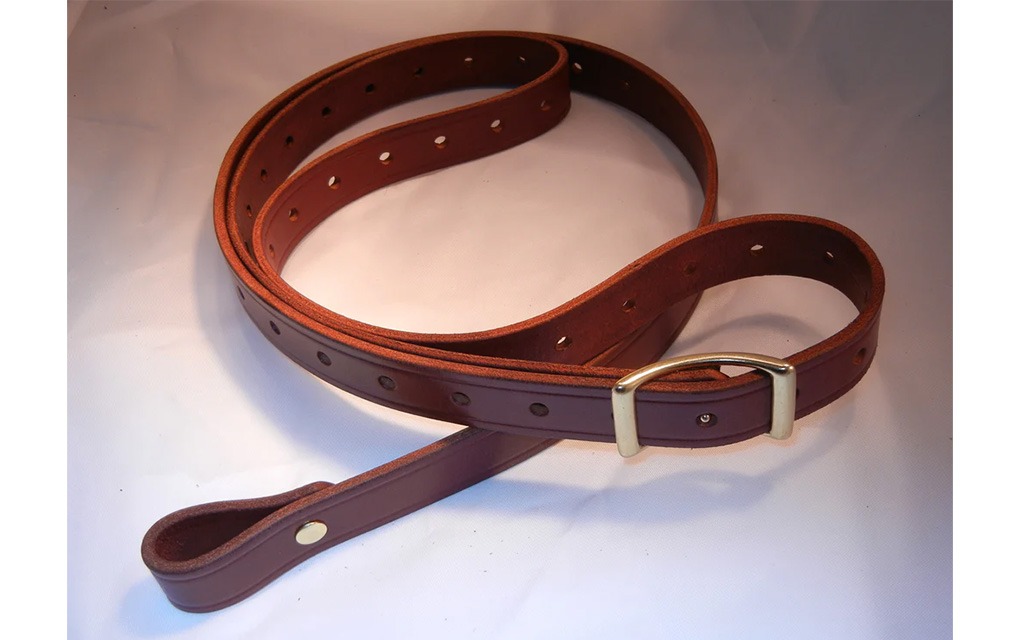

Specs
Width: 1-1.25 Inches
Length: Made to order
Strap Material: Leather
Adjustment: Single-prong buckle
MSRP: Starts at $90
Website: andysleather.com
Pros
- Arguably the best sling on the list for shooting support
- Looks great
Cons
- Leather is more susceptible to the elements
Form and function don’t have to be mutually exclusive
The original Rhodesian sling is available in 1-inch and 1.25-inch bridle leather with a prong buckle for adjustments. You have a choice of walnut, chestnut or black leather, with sling swivels and keepers available as optional add-ons.
Andy’s Leather Rhodesian Slings have been used worldwide for hunting, training and more. If you wanted a classy leather sling that can handle hard use, they’re as good as it gets.
Wilderness Tactical Basic Carry Sling
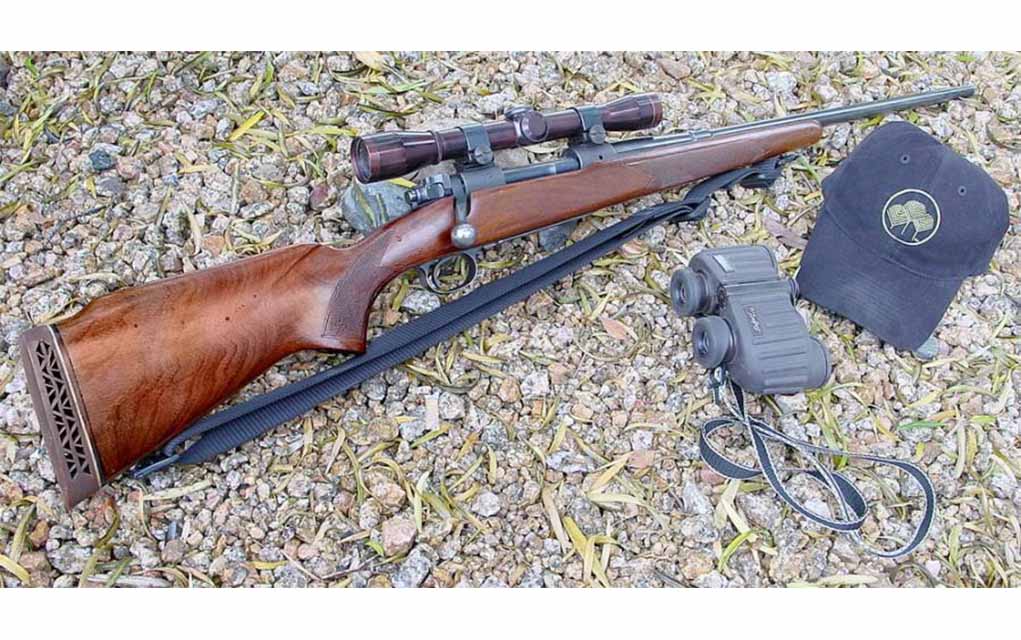

Specs
Width: 1.25 Inches
Length: Not listed
Strap Material: Nylon webbing
Adjustment: Triglide
MSRP: Starts at $30
Website: thewilderness.com
Pros
- Affordable, no-frills design
Cons
- Thin, unpadded strap won’t be the most comfortable to carry for extended periods
- Attachment hardware must be purchased separately
A basic carry strap, made in the USA from durable nylon web with triglide adjustments, and in your choice of black, coyote tan and OD green.
You can also add some accessories if you want, including your choice of attachments (QD, traditional swivels, HK hooks) and even padding for a modest upcharge. Simple, rugged, and customizable.
At The Front WWI 1907 Natural Sling
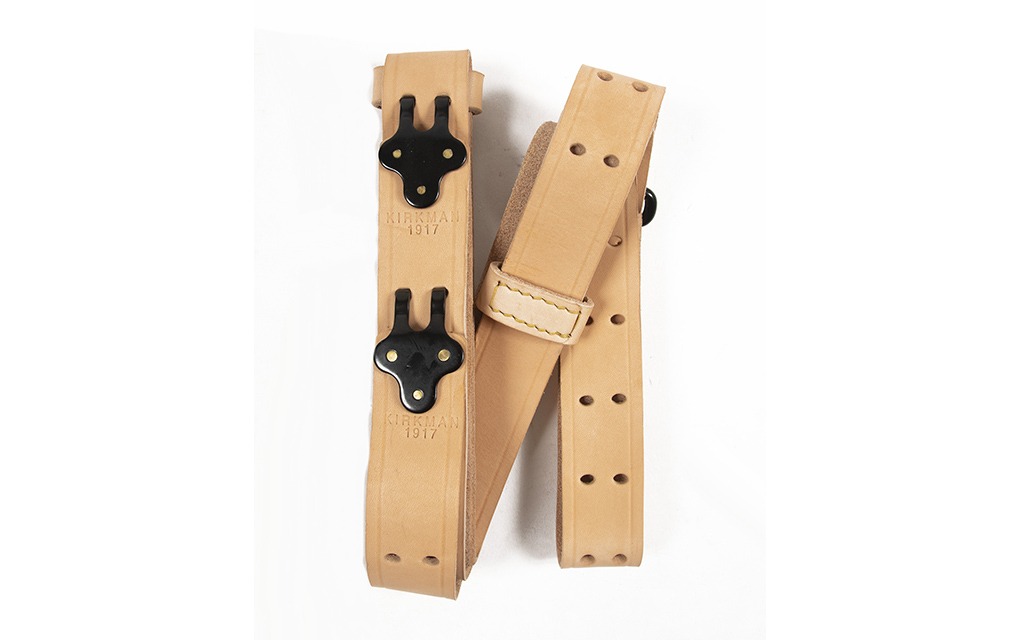

Specs
Width: 1.25 Inches
Length: Not listed
Strap Material: Vegetable-tanned leather
Adjustment: Dual-prong buckles
MSRP: $99.99
Website: atthefront.com
Pros
- Perfect match for a classic military rifle
- Excellent as a stabilizing aid
Cons
- Leather is more susceptible to the elements
- Will take care and time to develop an authentic worn look
The 1907 sling can complete an M1 Garand, 1903 or 1917 rifle and is used frequently in national match shooting.
They also make for a fantastic all-purpose sling. Nearly as fast to adjust as a modern sling, these are comfortable to carry and they can be configured to be used as a cuff/loop sling. For an almost 120-year-old design, that’s incredibly impressive.
At The Front’s Natural model is as close to the original as it gets. 1.25-inch-wide vegetable-tanned leather dyed very light tan with white stitching and Parkerized hardware. With use (and oiling) it will darken and patina with time, making it as beautiful as it is functional.
Blue Force Gear Hunting Rifle Sling


Specs
Width: 1.25 Inches
Max Length: 46 Inches
Strap Material: Cordura webbing
Adjustment: Polymer sliding buckle
MSRP: $46.95
Website: blueforcegear.com
Pros
- Sling swivels are included
- Simple, no-frills design
Cons
- No option to add additional padding, a thin strap is not ideal for carrying for long periods
Simple, rugged, useful on rifles and shotguns and made by one of the best gear companies in business. BFG’s Hunting Rifle Sling is adjustable from 26 to 46 inches and includes swivels.
Featuring a 1.25-inch Cordura strap in black or FDE/tan and black hardware. The adjuster is a black polymer glide-style buckle. Made in the USA, with a lifetime warranty and equally at home on a rifle or shotgun.
Improve Your Marksmanship:
Read the full article here











